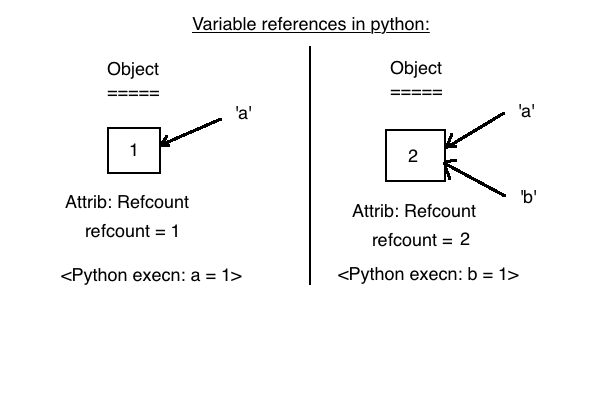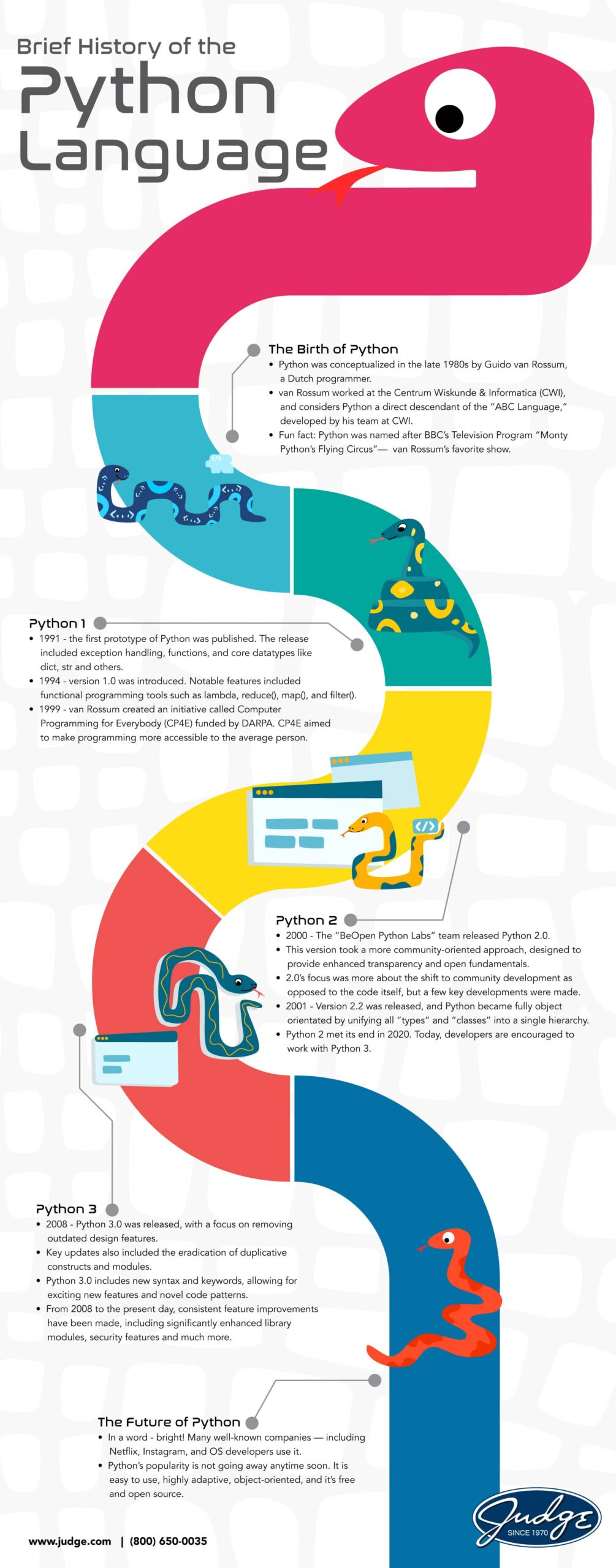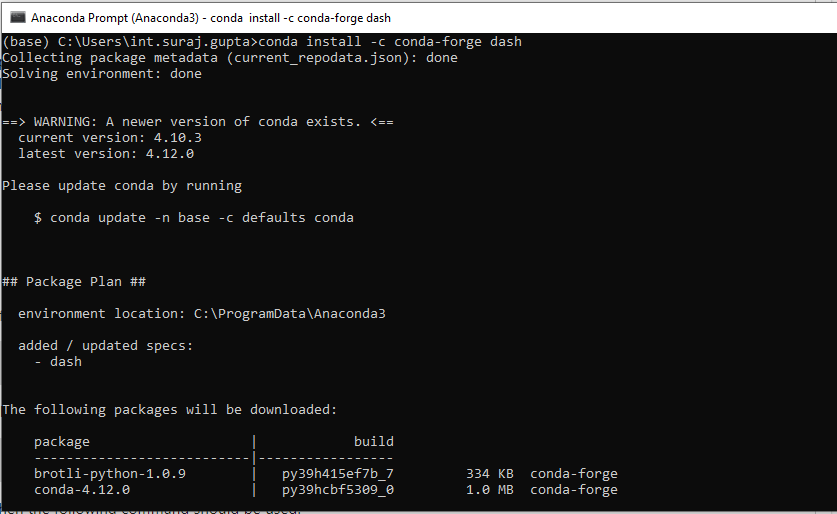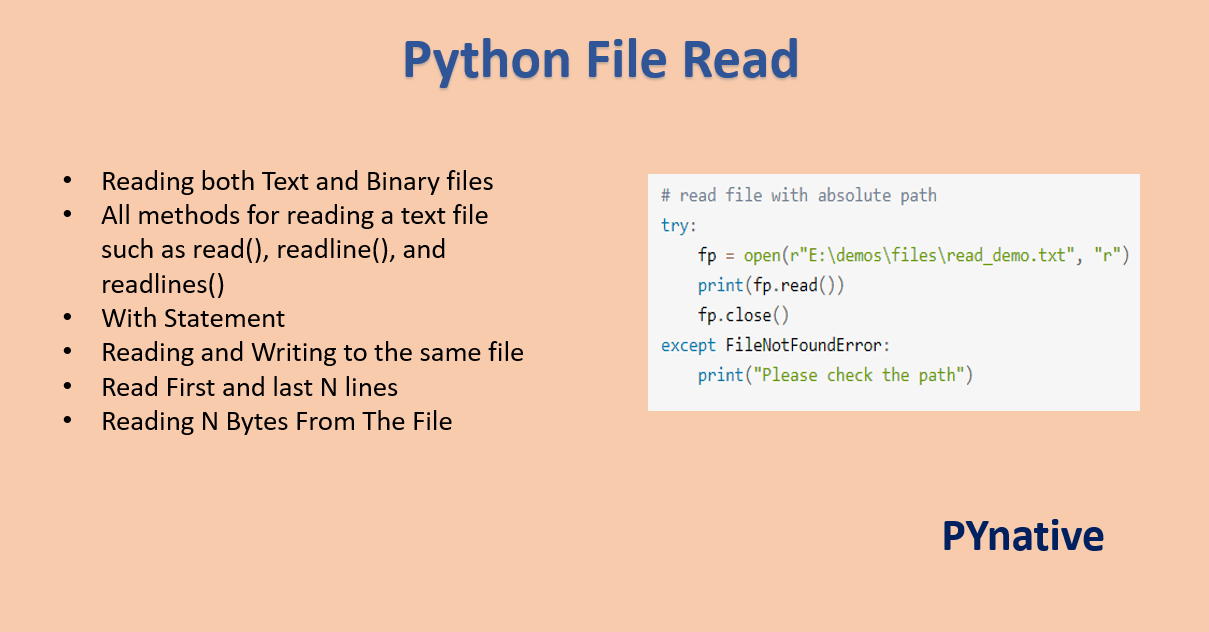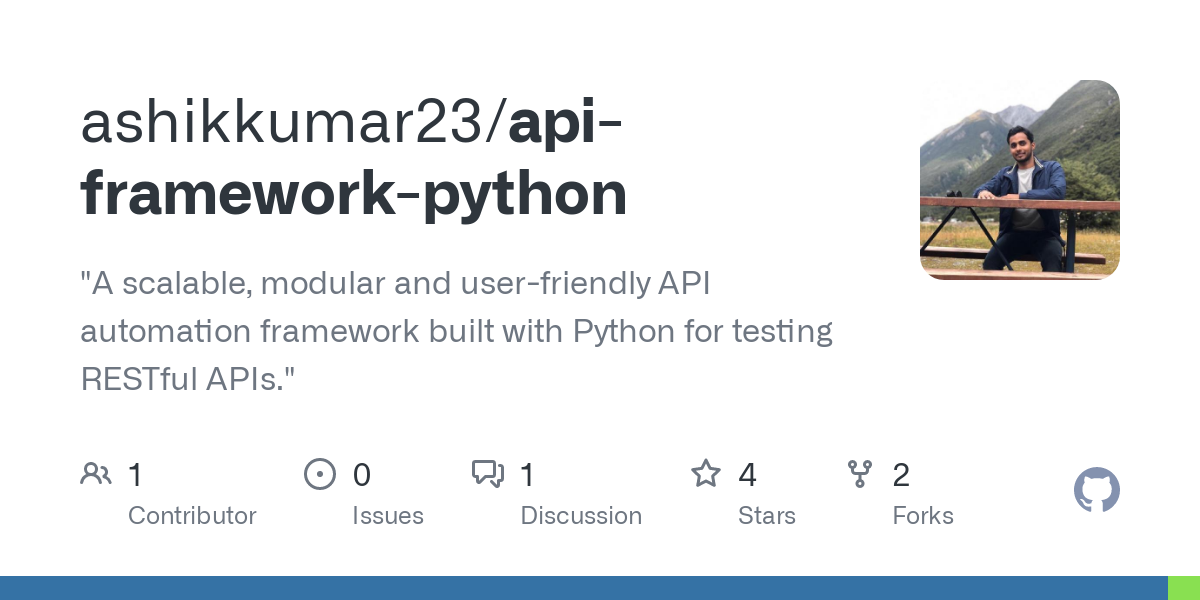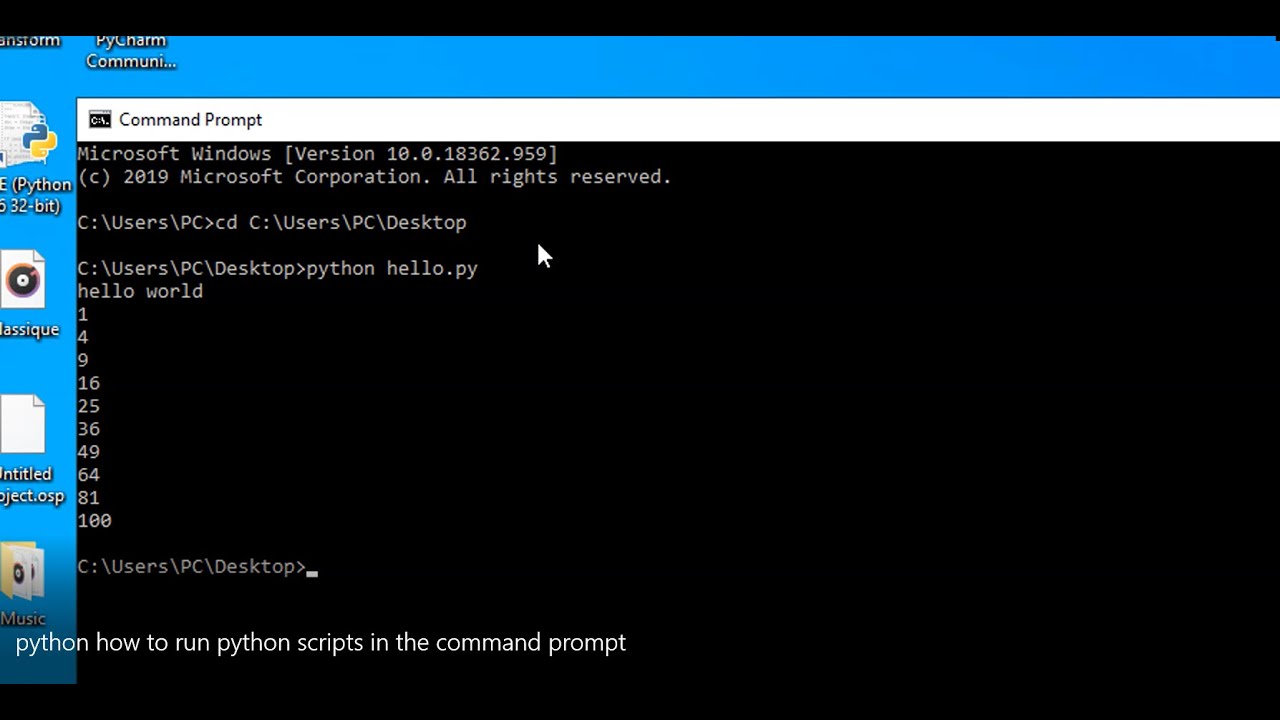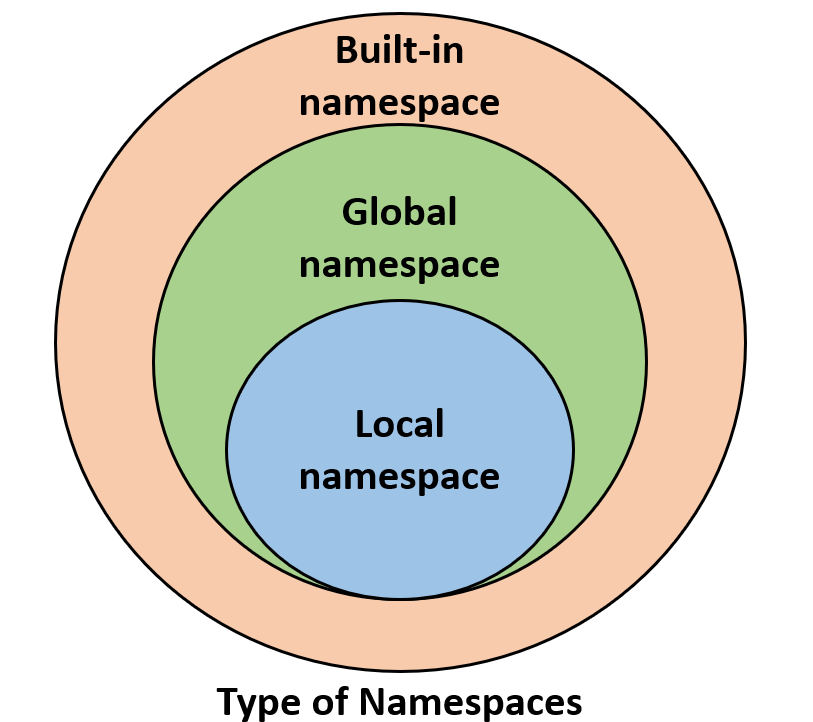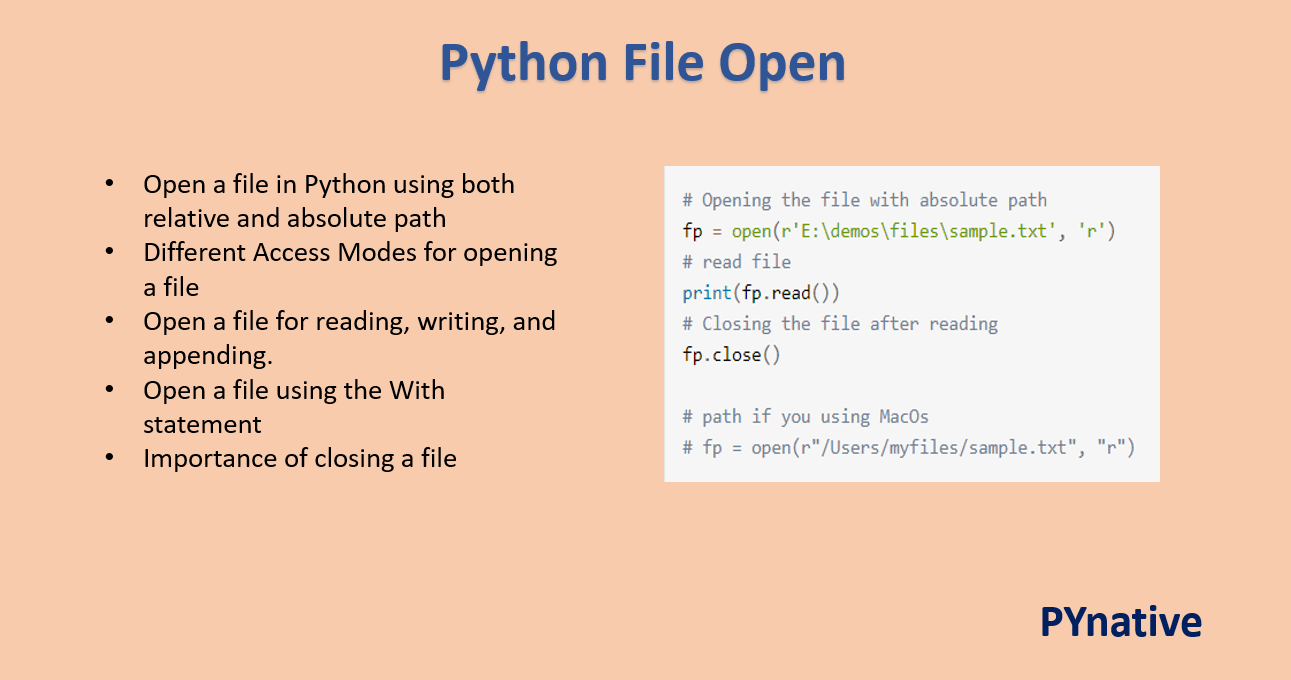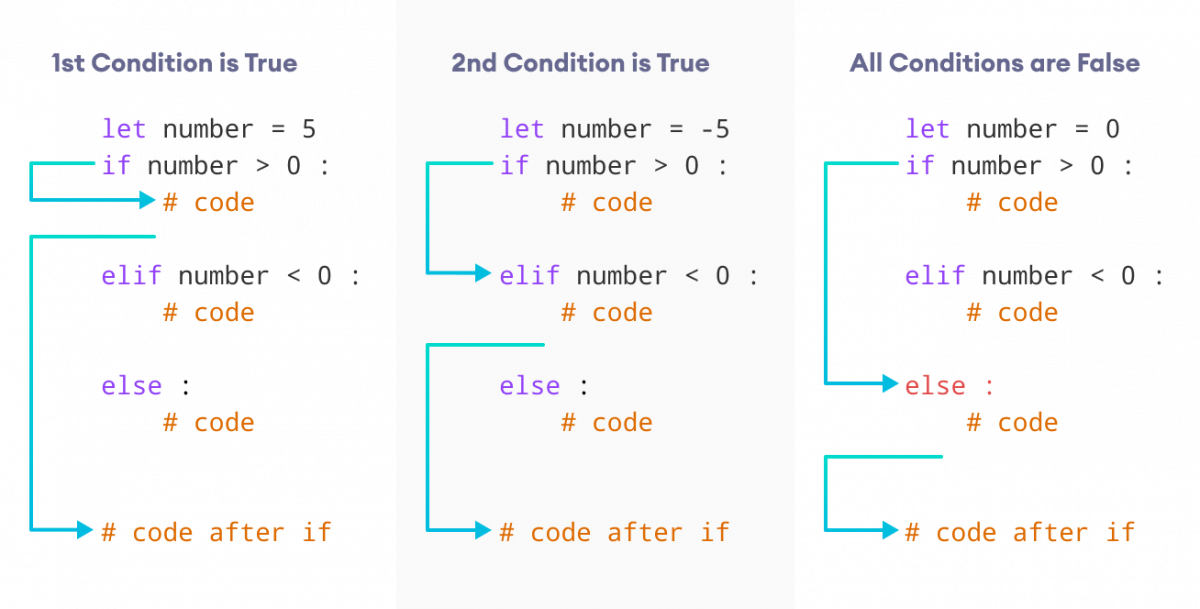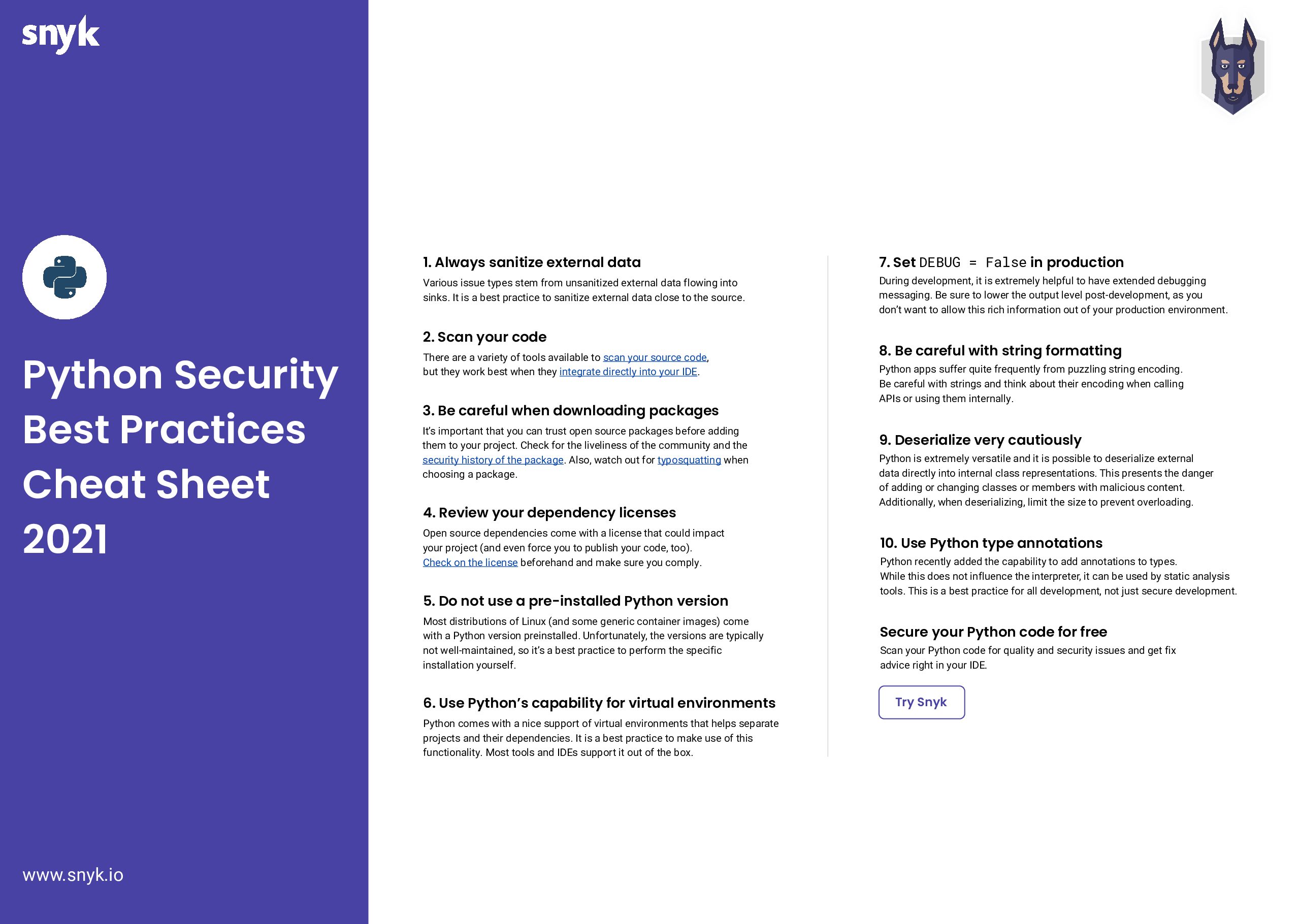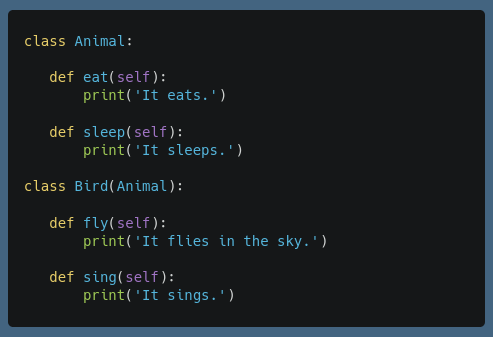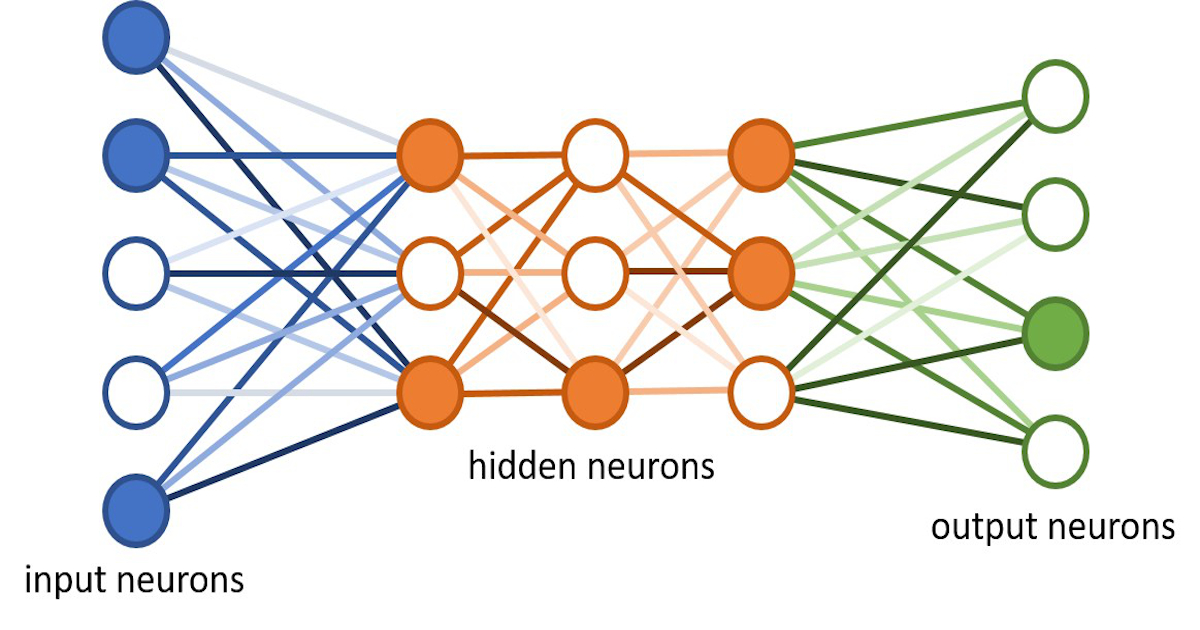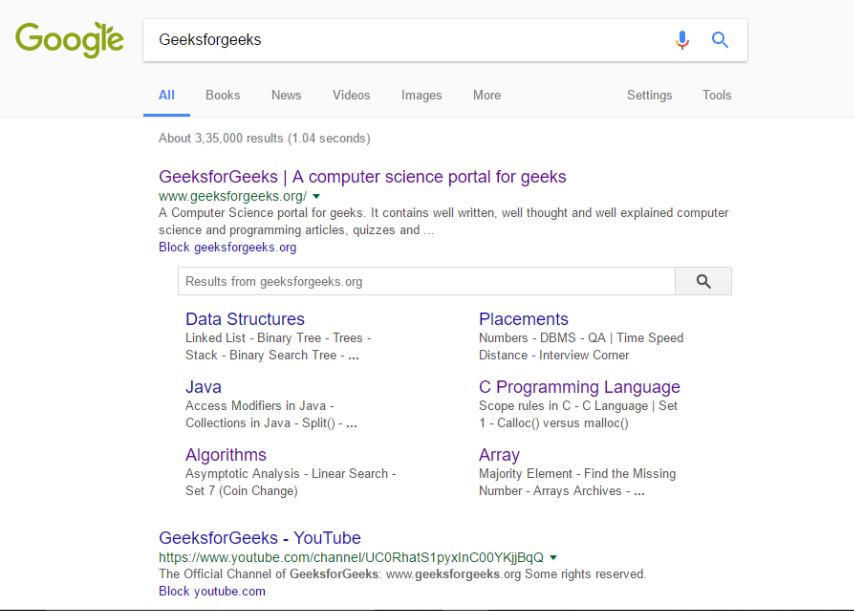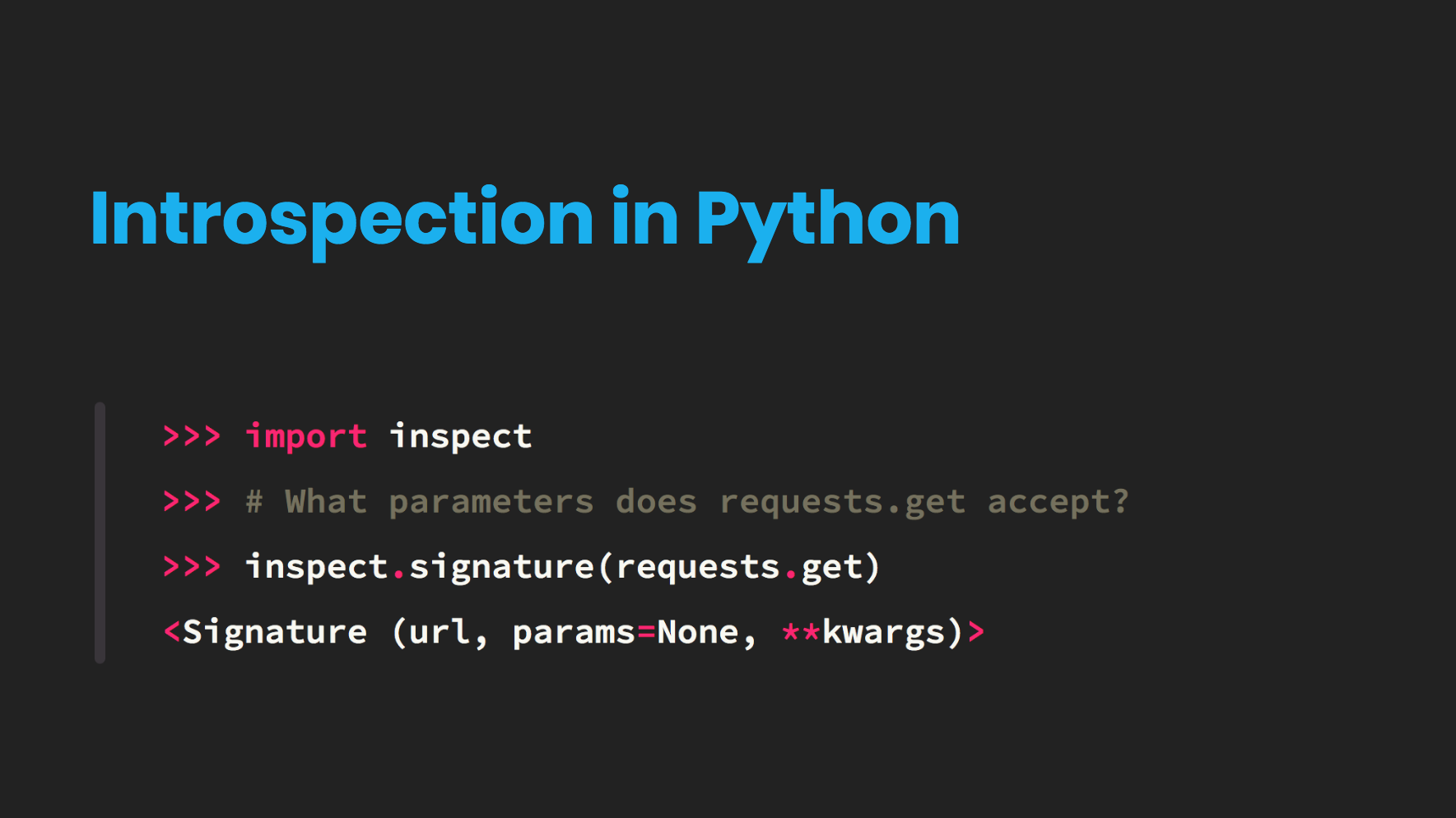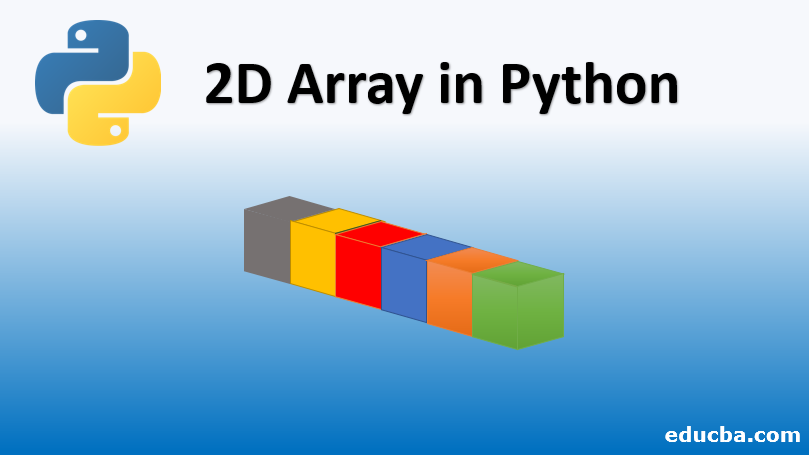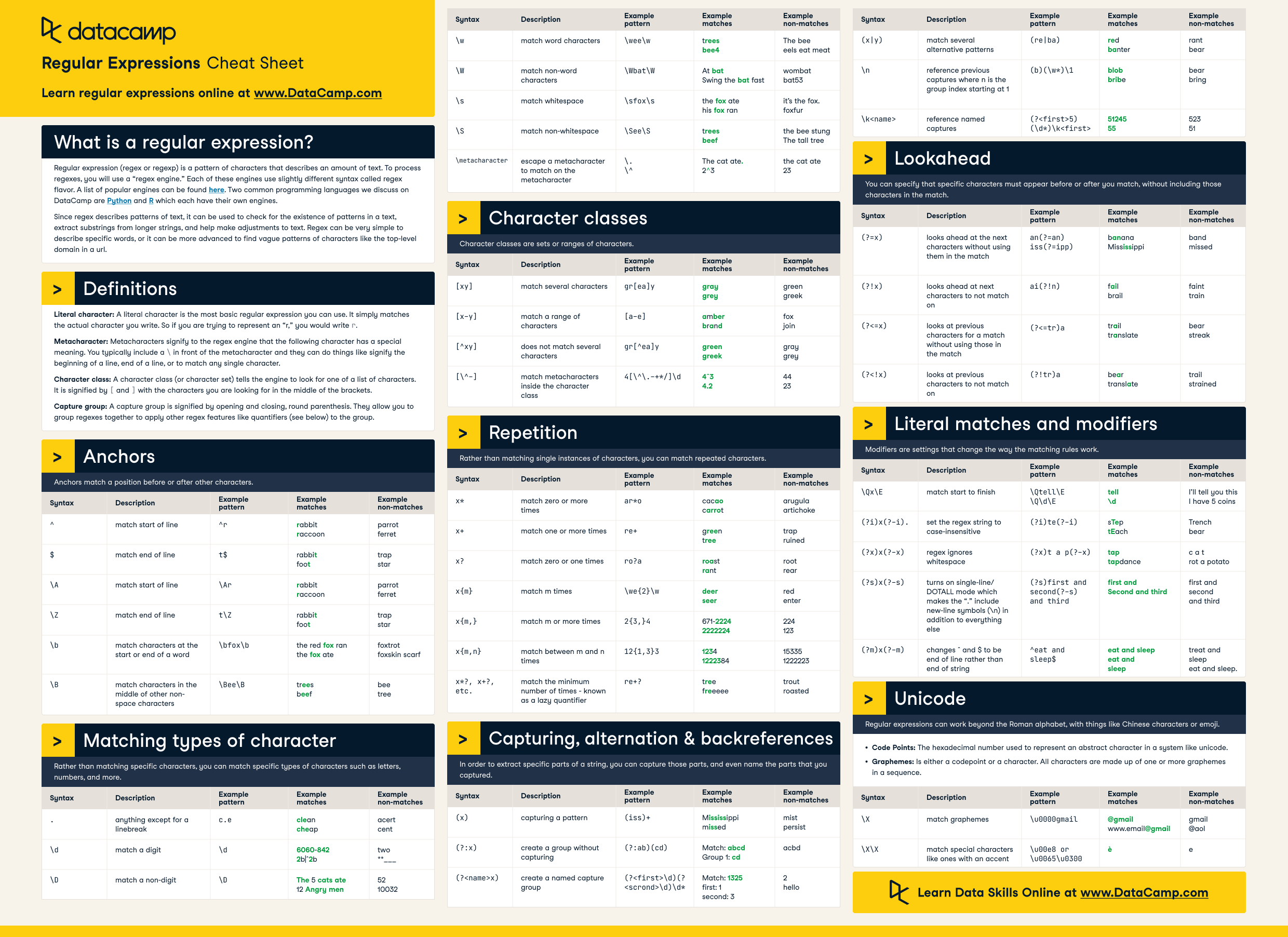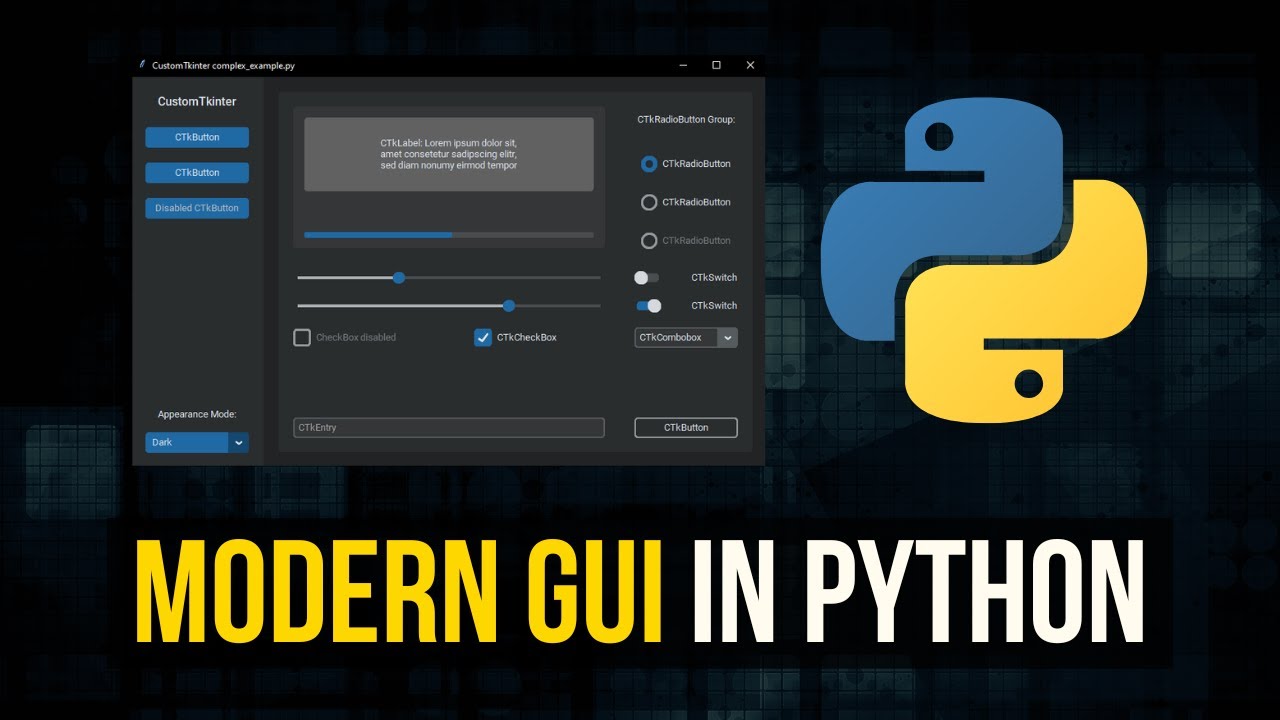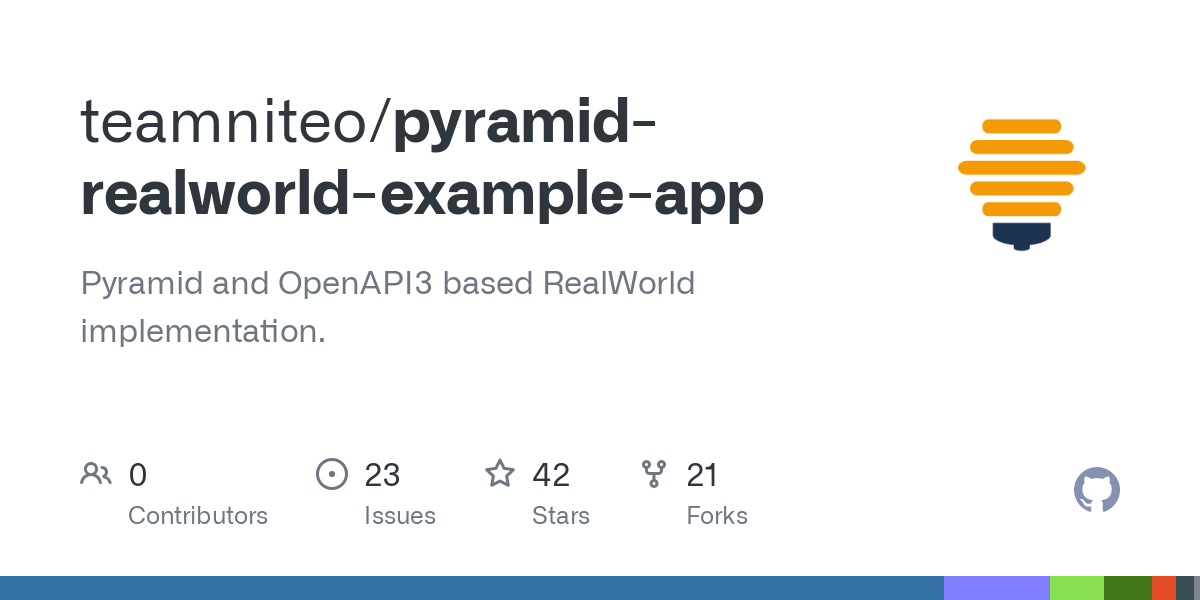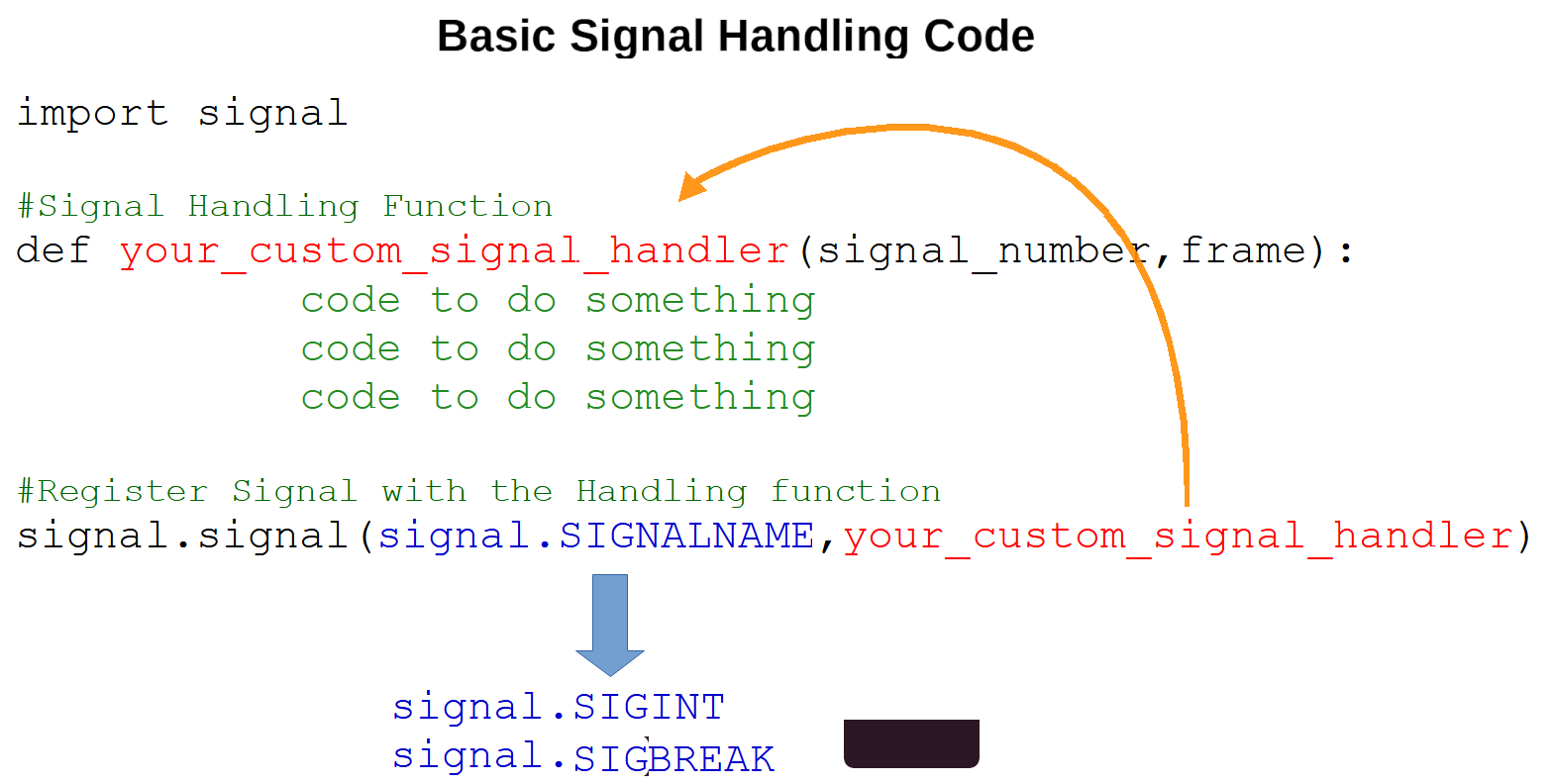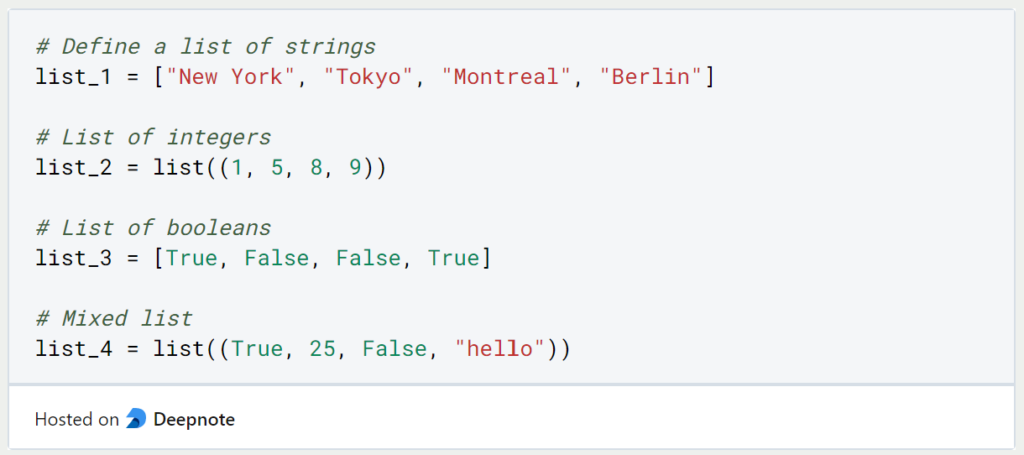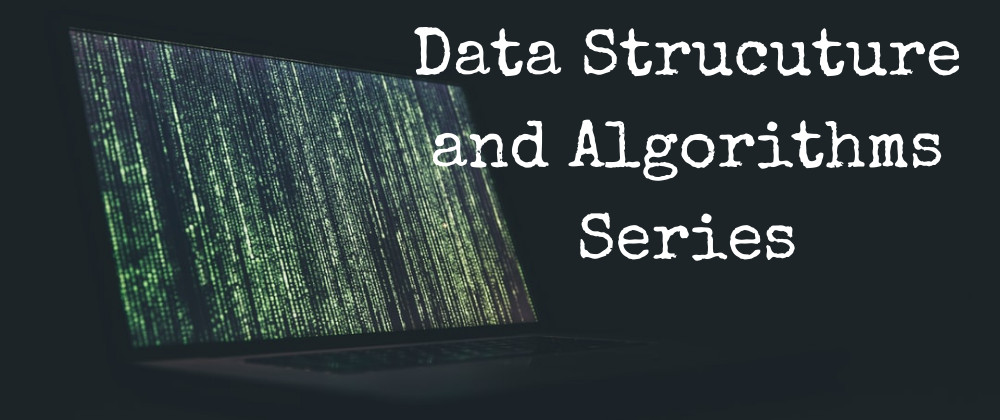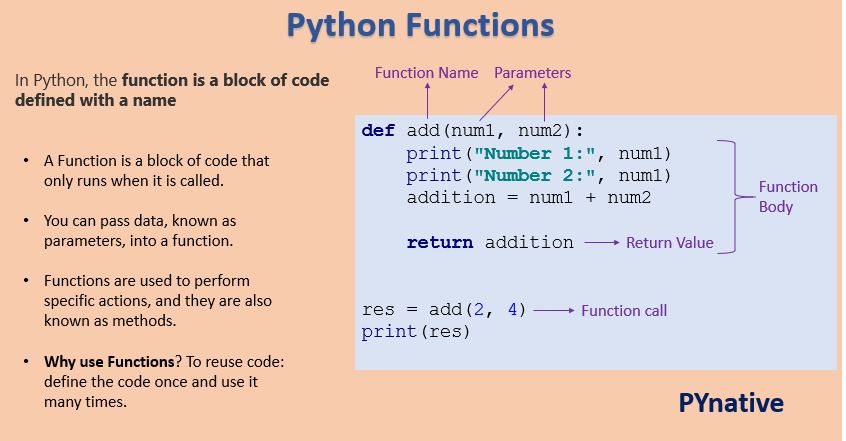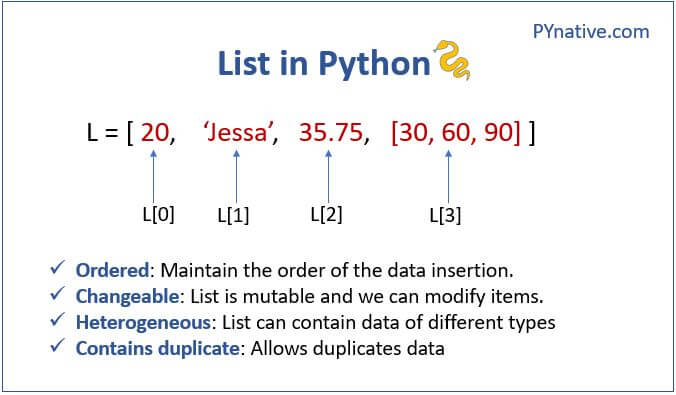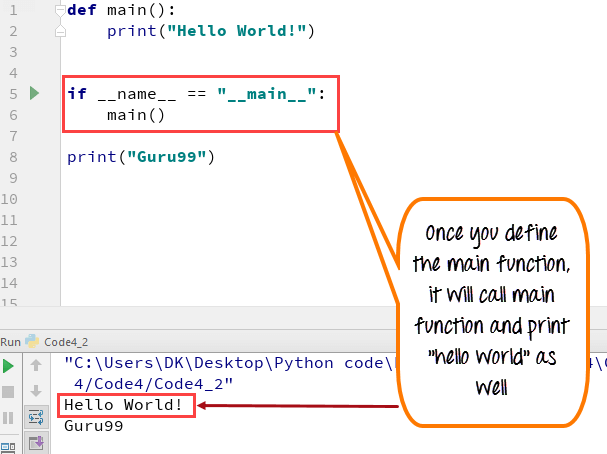What are the main applications of python with examples
What are the main applications of python with examples
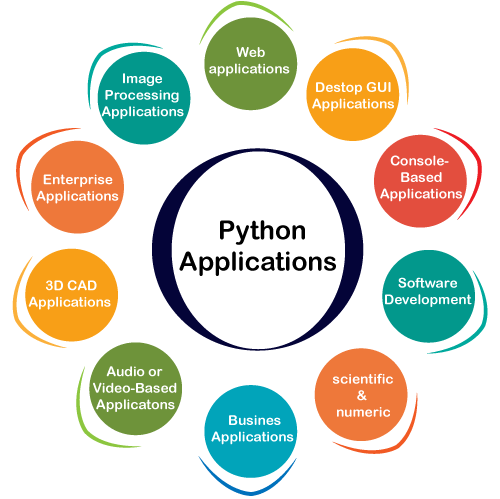
Python is a versatile programming language that has numerous applications across various domains. Here are some of the primary uses of Python, along with examples:
Web Development: Python is used to build web applications and APIs using frameworks like Django, Flask, Pyramid, etc. For instance: Build a simple blog using Django: Create a project structure, define models, write views, and templates to display data. Create a RESTful API using Flask: Define routes, use SQLAlchemy for database operations, and generate API documentation. Data Science: Python is widely used for data analysis, machine learning, and visualization due to its extensive libraries: Pandas for data manipulation and analysis NumPy for numerical computations Matplotlib and Seaborn for data visualization Scikit-learn for machine learning tasksExample: Analyze a dataset using Pandas, perform clustering with k-means, and visualize results with Matplotlib.
Automation: Python can be used to automate repetitive tasks, interact with operating systems, and control external devices: Automate file management tasks with os and shutil modules Interact with GUIs or command-line interfaces using pyautogui or pexpectExample: Write a script that automatically organizes files by date, moves them to specific directories, and emails the organizer.
Scientific Computing: Python is used in scientific computing for simulations, data analysis, and visualization: NumPy and SciPy for numerical computations Matplotlib and Mayavi for 3D visualization PyOpenGL for 3D graphicsExample: Simulate a particle system using NumPy and visualize the results with Matplotlib.
Artificial Intelligence: Python is used in AI research and development, particularly with libraries like TensorFlow, Keras, and PyTorch: Train machine learning models on large datasets Implement deep learning algorithms for image classification, object detection, and moreExample: Build a simple neural network using Keras to classify handwritten digits.
Game Development: Python is used in game development, especially with frameworks like Pygame and Panda3D: Create 2D games with Pygame Build 3D games with Panda3D and Python scriptingExample: Write a simple game where a player controls a character that moves left or right while avoiding obstacles.
Network Security: Python is used in network security for penetration testing, vulnerability assessment, and incident response: Use Scapy to analyze network traffic Implement Nmap for port scanning and OS detectionExample: Write a script that scans the local network for open ports and identifies devices connected.
Education: Python is taught as an introductory programming language in many educational institutions due to its simplicity, readability, and ease of use: Use IDLE or PyCharm for interactive coding Implement Python-based projects for data analysis, visualization, and moreExample: Write a simple program that asks users for their name, age, and favorite color, then displays the results.
Embedded Systems: Python is used in embedded systems development, such as controlling robots, Arduino boards, and Raspberry Pi: Use RPi.GPIO for GPIO operations on Raspberry Pi Implement Python-based scripts for controlling motors, sensors, and moreExample: Write a script that controls an LED strip using Raspberry Pi and RPi.GPIO.
Research: Python is widely used in research for data analysis, simulation, and visualization: Use NumPy and SciPy for numerical computations Implement machine learning algorithms for pattern recognition and classificationExample: Write a script that simulates the behavior of a complex system using NumPy and visualizes the results with Matplotlib.
These examples illustrate some of the main applications of Python. Its versatility, simplicity, and extensive libraries make it an excellent choice for a wide range of tasks and projects.
What are the major applications of Python?
Python is a versatile programming language with numerous applications across various industries and fields. Some of the major applications of Python include:
Web Development: Python is widely used for building web applications, thanks to popular frameworks like Django and Flask. These frameworks provide an efficient way to develop scalable and secure websites. Data Science and Machine Learning: Python's simplicity and ease of use make it a top choice for data scientists and machine learning engineers. Libraries like NumPy, Pandas, scikit-learn, and TensorFlow enable rapid prototyping and deployment of AI and ML models. Automation: Python's automation capabilities make it an ideal language for automating tasks in various areas, such as: Data processing: Extracting data from files, databases, or APIs. File management: Organizing, renaming, and deleting files based on specific criteria. System administration: Automating routine system tasks, like backups, monitoring, and logging. Scientific Computing: Python is widely used in scientific computing for: Data analysis and visualization: Libraries like Matplotlib, Seaborn, and Plotly provide an extensive range of data visualization tools. Numerical simulations: Libraries like NumPy, SciPy, and Pandas enable efficient computation of complex mathematical models. Game Development: Python's simplicity and ease of use make it a popular choice for building games, especially those that require rapid prototyping and iteration. Popular game development frameworks include Pygame, Panda3D, and PyOpenGL. Education: Python's simplicity, readability, and forgiving nature make it an excellent language to teach programming concepts, especially in introductory courses or workshops. Research: Python is widely used in various research fields, including: Computational biology: Analyzing biological data using libraries like Biopython and SciPy. Social network analysis: Modeling and analyzing social networks with libraries like NetworkX and igraph. Network Programming: Python's socket library allows for efficient creation of networked applications, such as: Chatbots: Building conversational AI systems that interact with users. Remote control software: Controlling devices or scripts remotely using TCP/IP protocols. Audio and Video Processing: Python's libraries like PyAudio, Librosa, and OpenCV enable efficient audio and video processing tasks, such as: Music analysis and generation Image and video manipulation Embedded Systems: Python can be used to develop applications for embedded systems, including microcontrollers, robots, and IoT devices.In conclusion, Python's flexibility, simplicity, and extensive libraries make it a versatile language suitable for a wide range of applications across various industries and fields.

